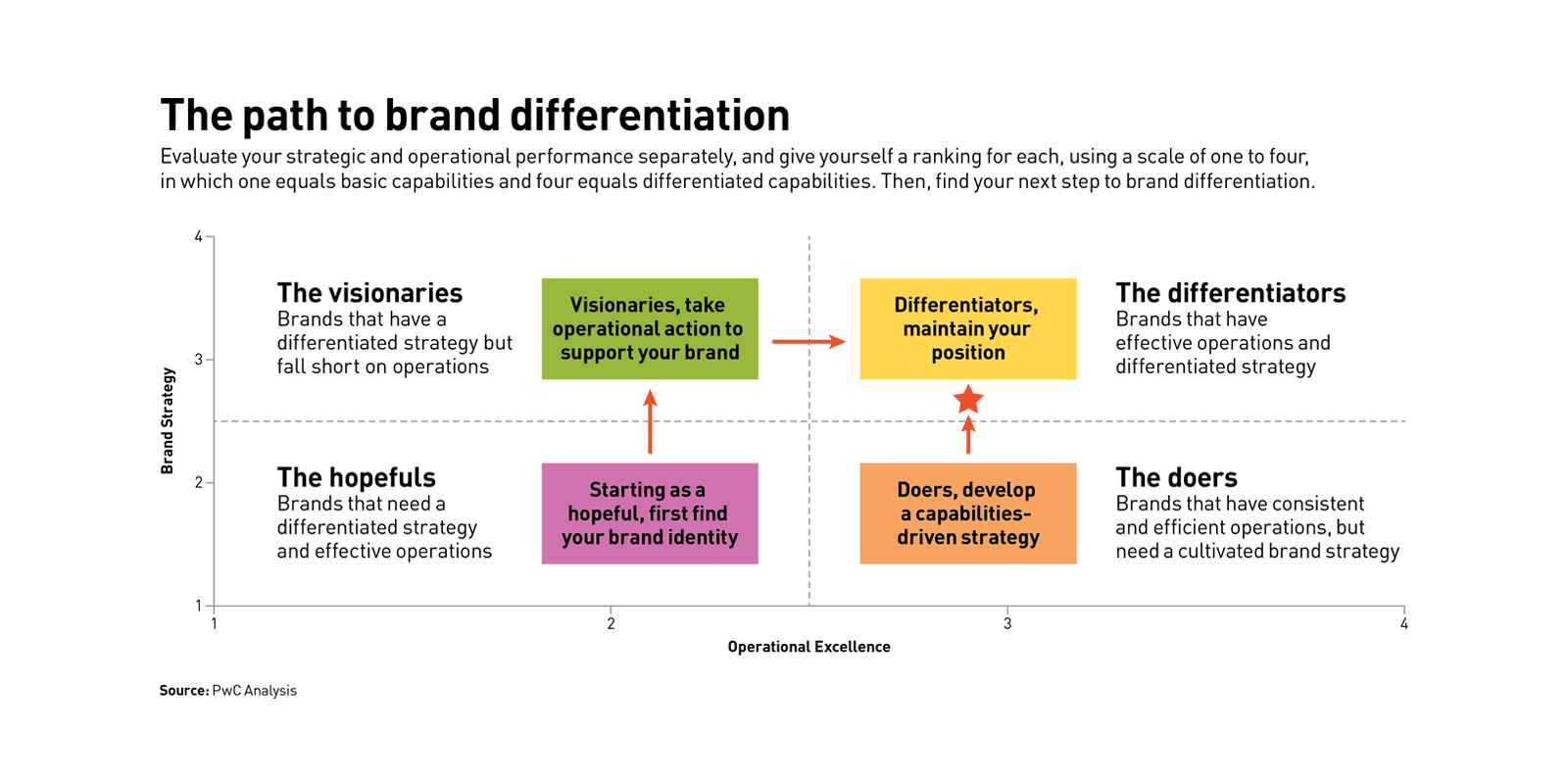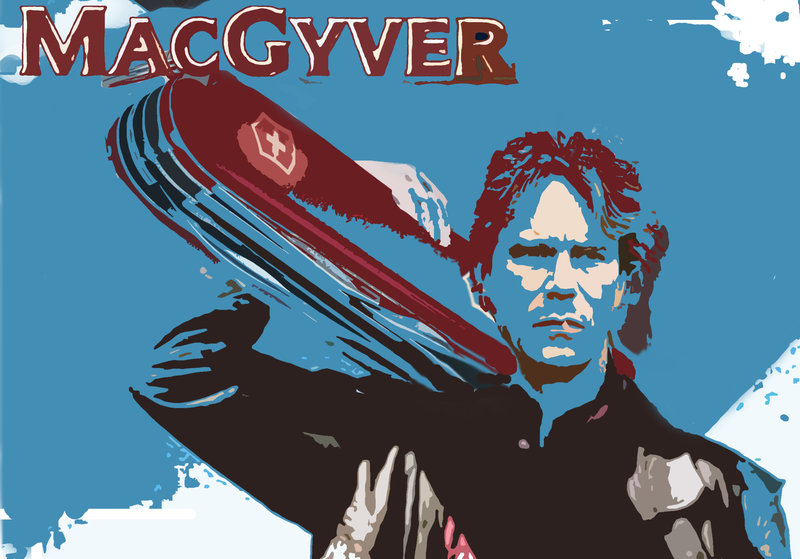"On the night “The Mandalorian” premiered on Disney+ last month, Arlene Esplin could be found snuggling up with her family in rural Idaho. As the Star Wars show drew to a close, Ms. Esplin, like millions of viewers across the country, was introduced to the 50-year-old green infant whom fans have christened Baby Yoda.
.
Instantly Ms. Esplin not only wanted—she somehow needed—to have it. Unable to find any Baby Yoda toys for sale, Ms. Esplin, a maker of lifelike infant dolls known as “reborns,” took matters into her own hands.
...
“I knew I had to see what I had in my doll room,” said the 33-year-old mother of five.
.
She rifled through her stock of baby parts, eventually figuring a chimpanzee kit would work best. Over a week, Ms. Esplin slowly dyed the monkey’s body green, sculpted pointy ears out of polymer clay and adorned its head with white fuzz. Her children suggested she post the doll, which didn’t look quite right for their tastes, on Etsy Inc. ’s online marketplace. She did, writing in her ad: “If Yoda had a long lost baby with an ewok...this could be it!”
.
Ms. Esplin sold her Baby Yoda for $599. Then she made and sold a second doll, which more closely resembles the character, for $1,000.
...
Since the character first appeared on Disney’s new streaming service, Baby Yoda has become hugely popular, launching countless memes and causing obsessed fans to scour the internet in search of merchandise. The problem is, customers can’t buy an official Baby Yoda they can hold and admire—at least not in time for Christmas. Sanctioned Baby Yoda dolls, figurines and plush toys won’t be available until early 2020.
...
Cottage manufacturers and obsessed do-it-yourselfers are filling the void. “All I want for Christmas is a Baby Yoda” T-shirts, Baby Yoda Christmas ornaments and an odd-looking collection of Baby Yoda dolls made from felt, yarn and resin are for sale. Baby Yoda giving a sweet look adorns a coffee mug, with the words “Yoda Best Dad.”
...
DIY merchandise hitting the market is a trickier legal question. The notices sent by Disney are “good legal housekeeping,” said Mr. Sammataro, since it can prompt sellers to shut down voluntarily and can signal to a judge that Disney took steps before suing if it goes that far. “You have to teach people how to treat you,” he said"
Trechos retirados de "Disney Strikes Back—Against Sellers of DIY Baby Yoda Dolls" publicado no WSJ de 19.12.2019














/https%3A%2F%2Fwww.industryweek.com%2Fsites%2Findustryweek.com%2Ffiles%2FLiouz-chart-1.png)












